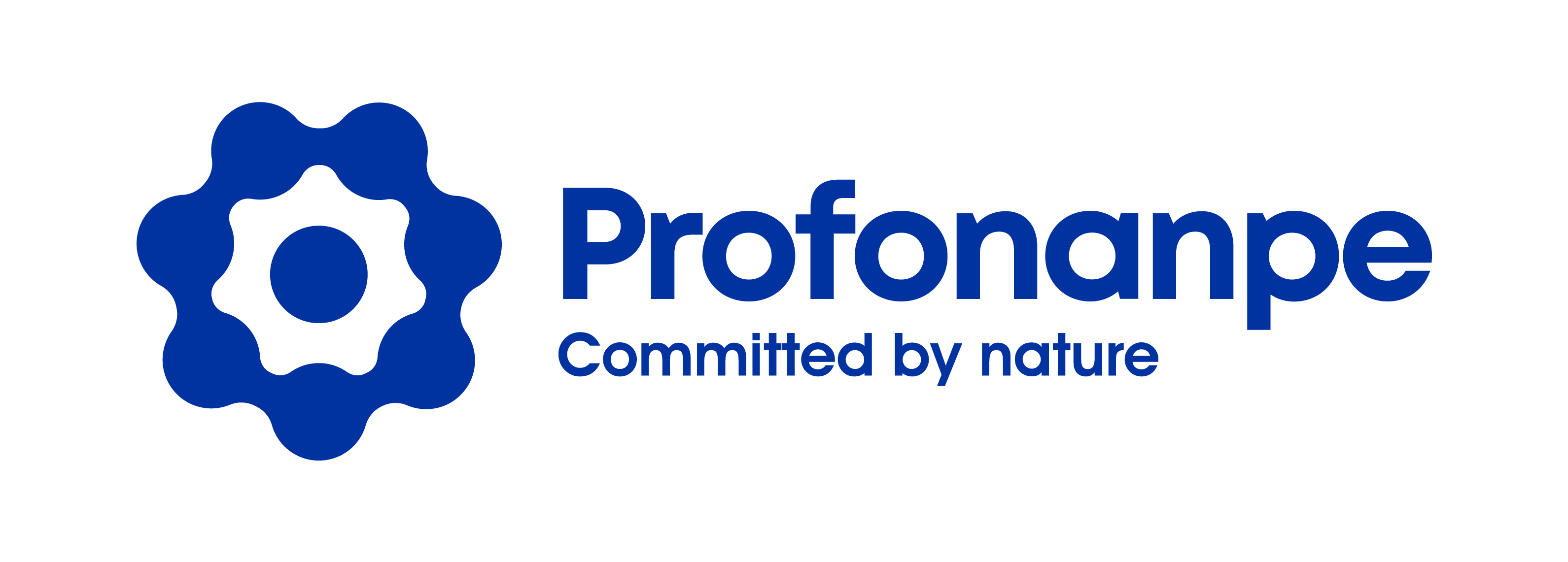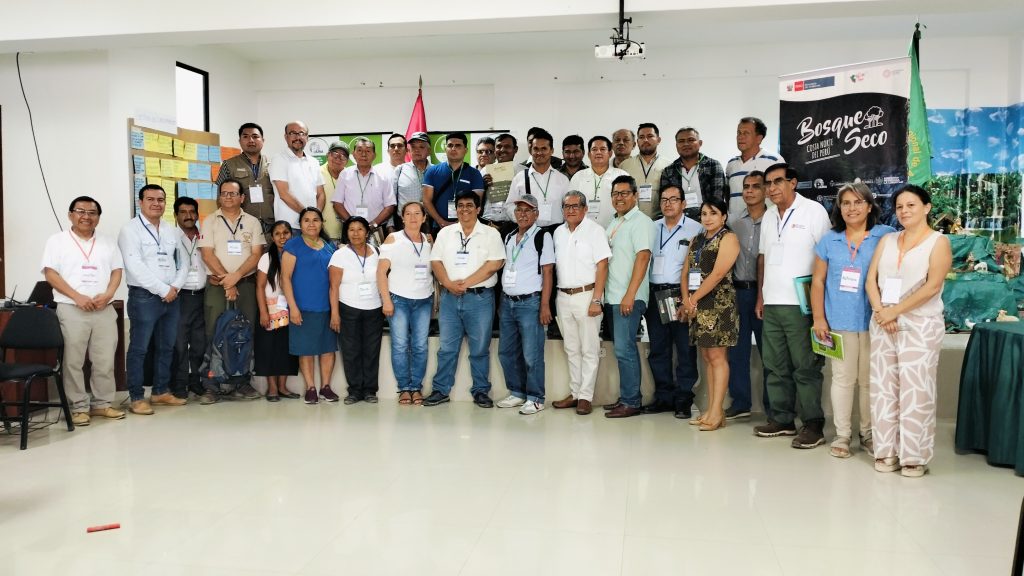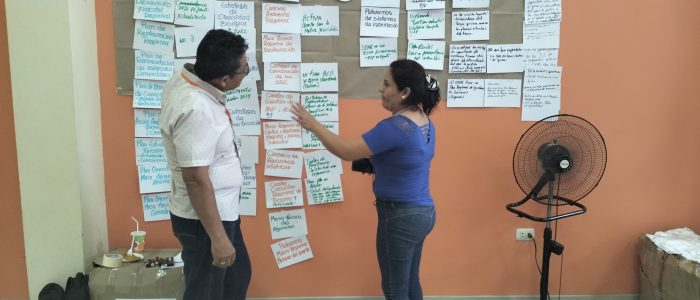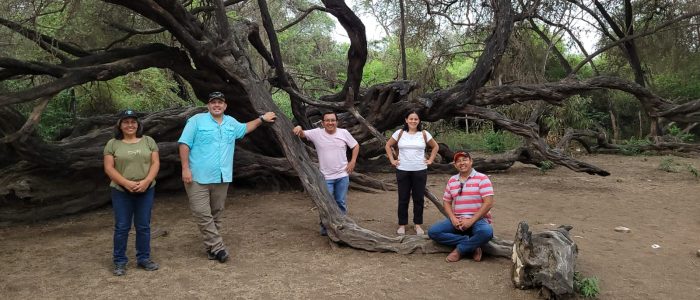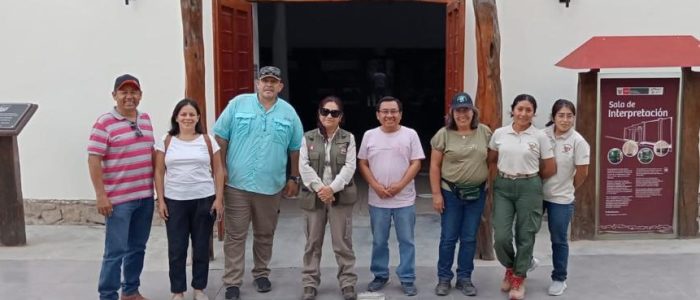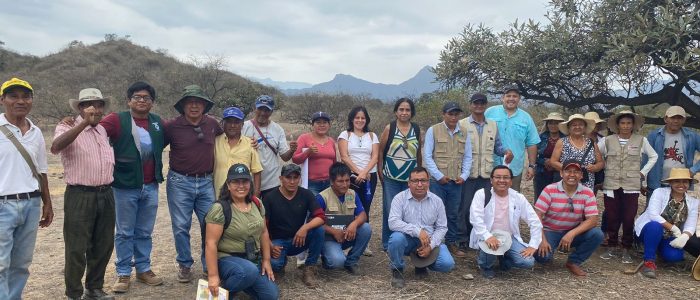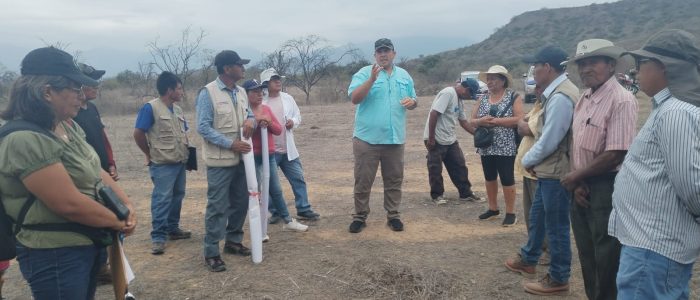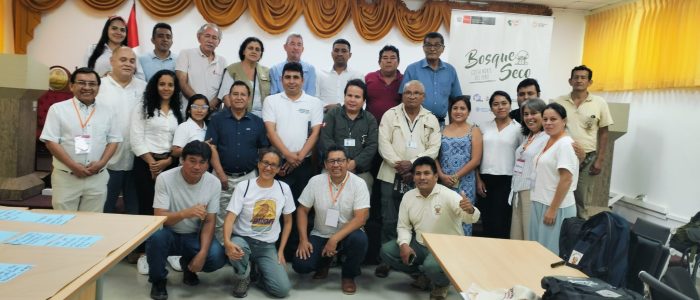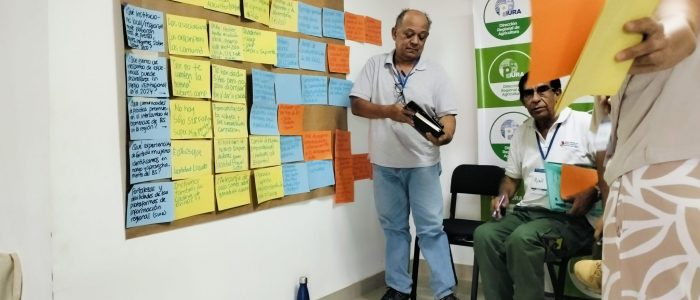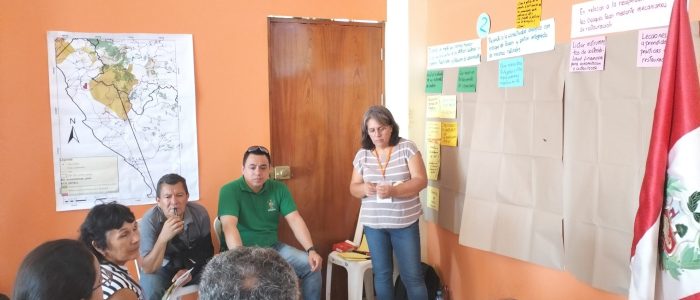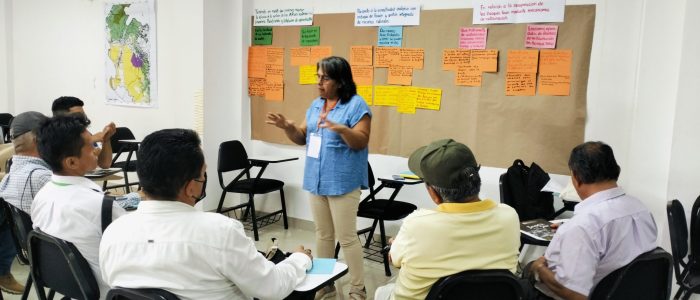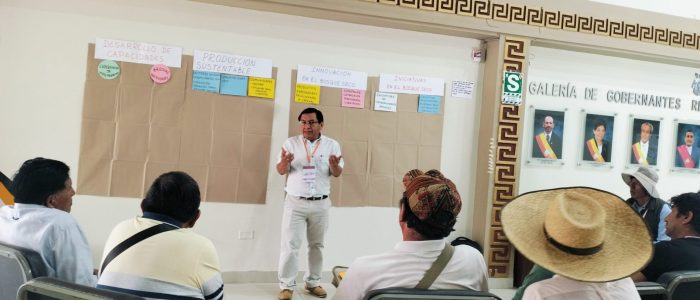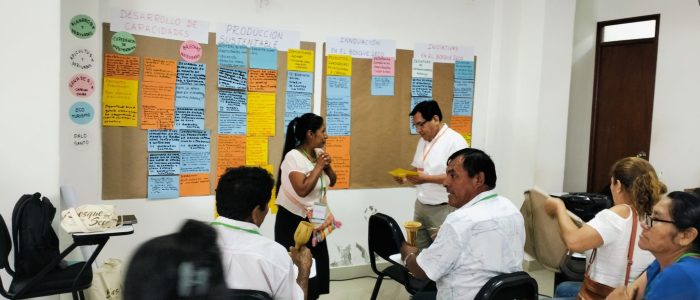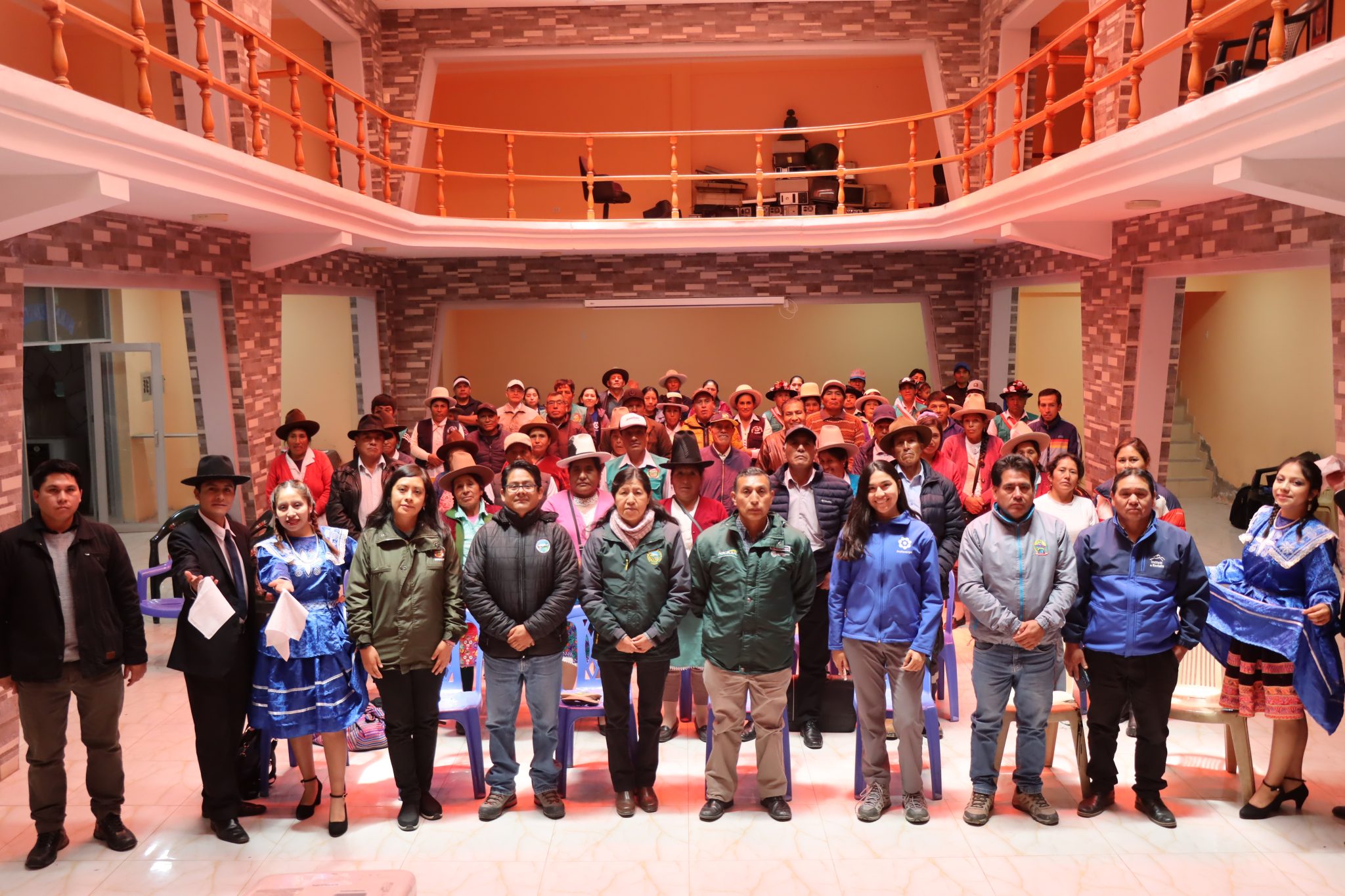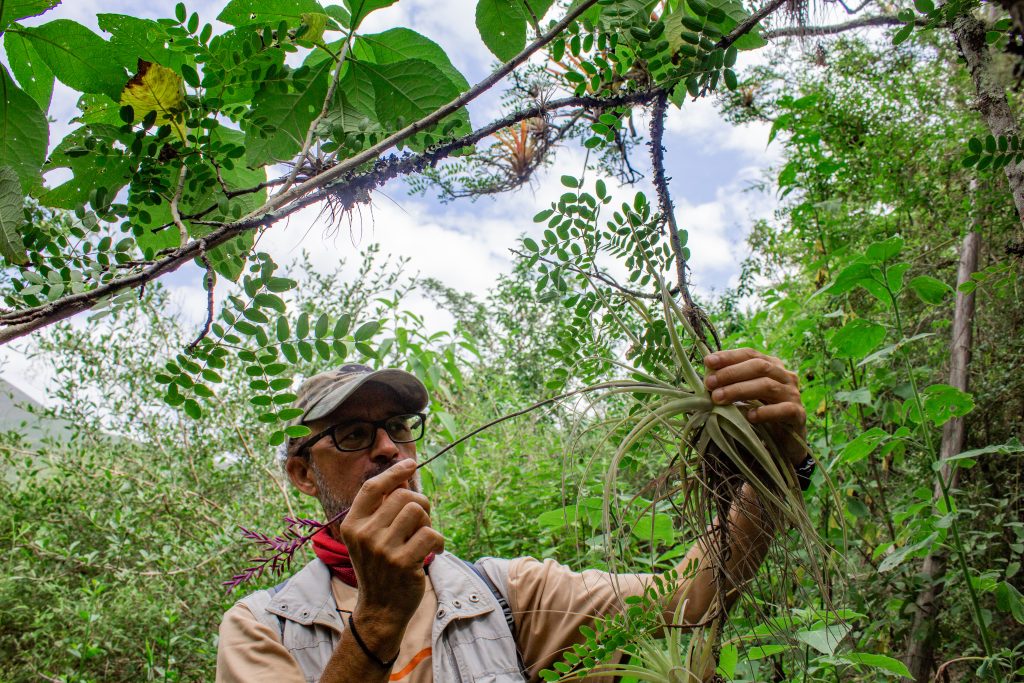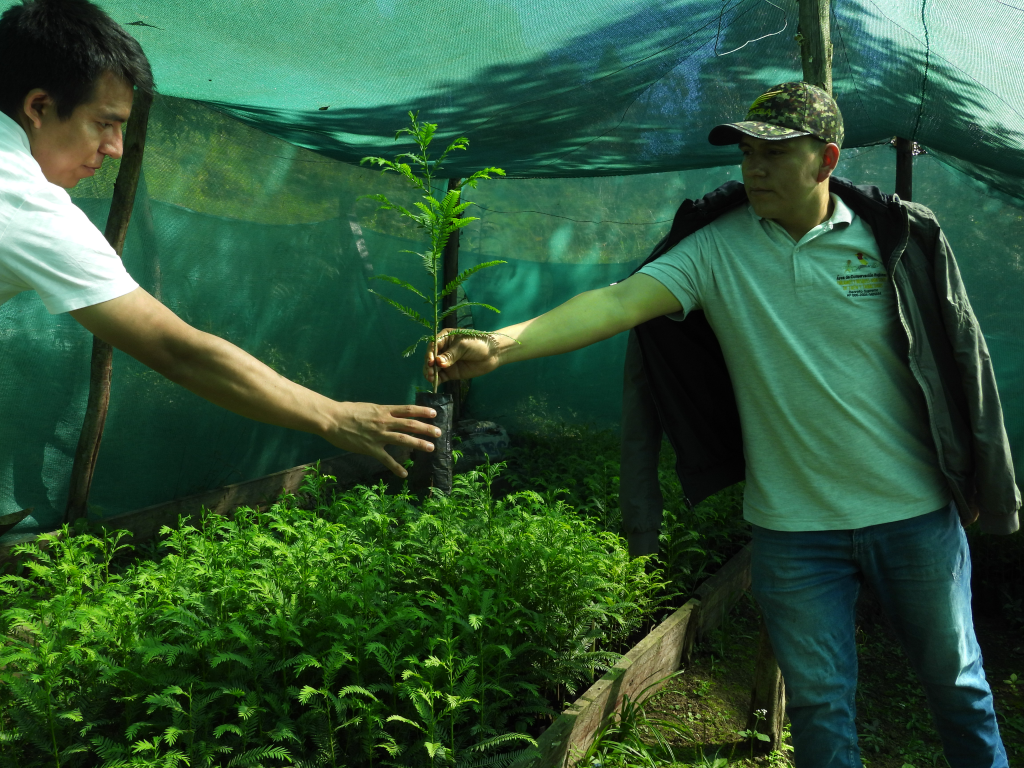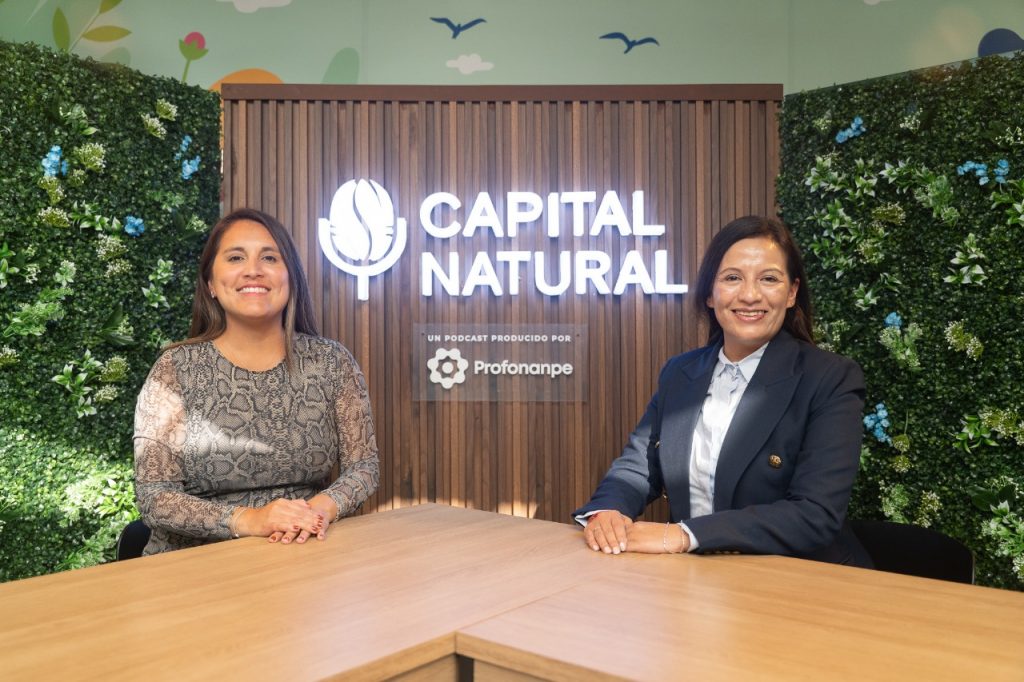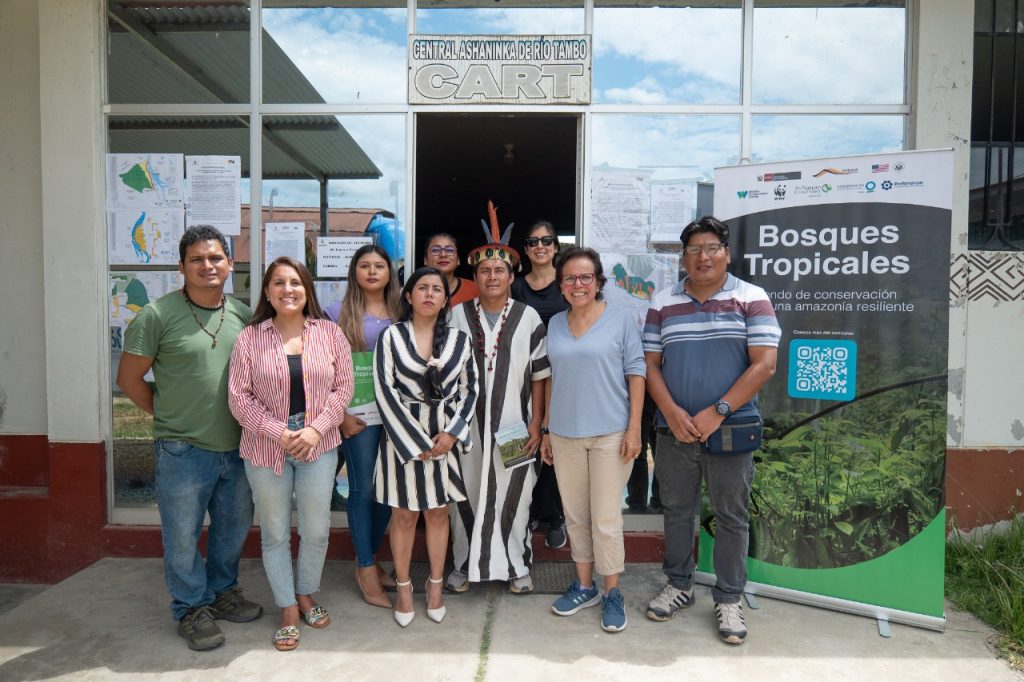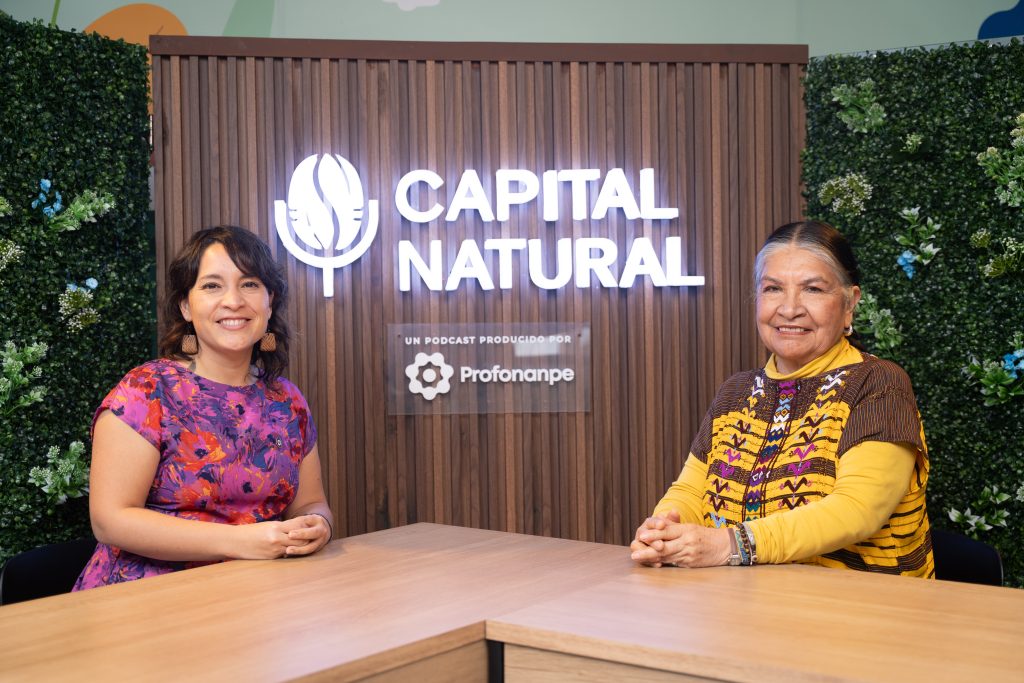Lima, January 2024. In order to strengthen the impact of the project “Dry Forest of the Northern Coast of Peru”, the first working meetings were held with stakeholders actively involved in sustainability and dry forest restoration processes in the regions of Piura, Tumbes, Lambayeque and La Libertad. These meetings sought the active participation of various stakeholders, such as regional governments, conservation entities, universities and representatives of campesino communities, to whom general actions foreseen during the project execution period were presented.
“This 2024 is a key year for the project, due to the probability of the occurrence of the El Niño phenomenon. This scenario requires us to act with a sense of urgency to take advantage of the rains to benefit the dry forests. The spaces for socialization and the strengthening of alliances that we are creating in these meetings allow us to adapt and strengthen the plans and contribute significantly to the objectives of conservation and restoration of the dry forests,” said Sergio Lazo, technical coordinator of the project.
Taking advantage of the strengthening of alliances in these meetings and in anticipation of the upcoming rains brought by the El Niño phenomenon in the northern region of Peru, the “Dry Forest” project was integrated into the contingency proposal led by the National Forestry and Wildlife Service – SERFOR, the Regional Government of Lambayeque, the San Francisco de Salas Rural Community and the Bosque de Pómac Historic Sanctuary of SERNANP. Key actions were identified to take advantage of the rainfall and begin the process of restoring the local ecosystem and the protected natural area.
About the project “Dry Forest of the Northern Coast of Peru”
Dry forest ecosystems are crucial for climate change adaptation and mitigation, as they harbor great biological diversity and provide essential ecosystem services for local communities.
The project “Dry Forest of the Northern Coast of Peru” is an initiative financed by the Global Environment Facility (GEF) and executed by the Ministry of the Environment. It is supported by the Ministry of Agrarian Development and Irrigation, FAO, IUCN and Profonanpe. Learn more here.

